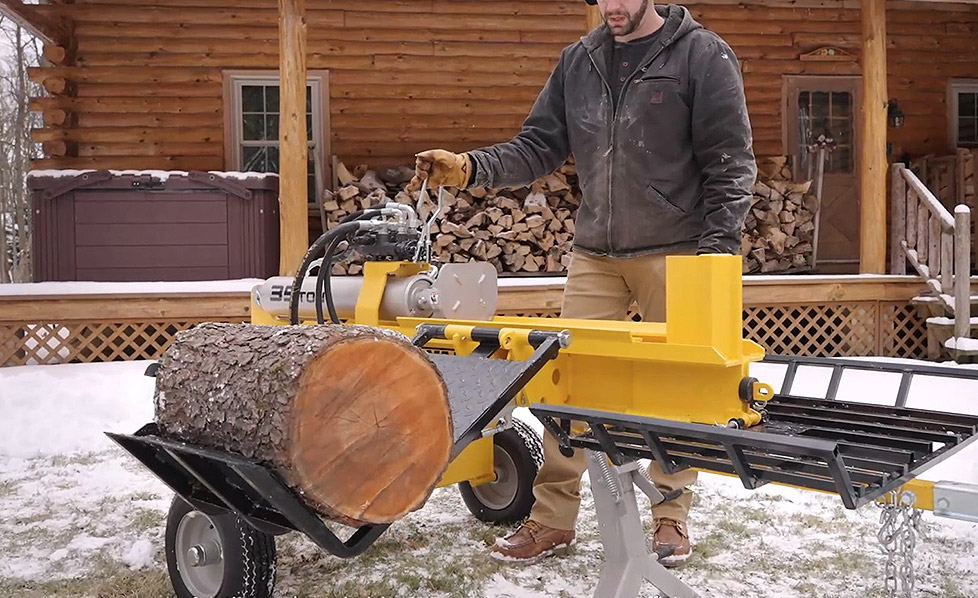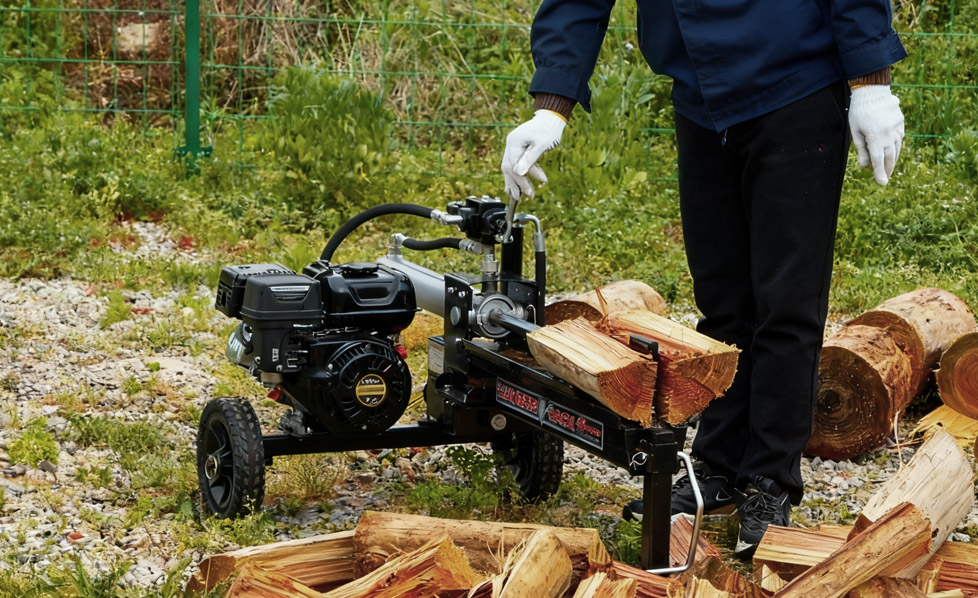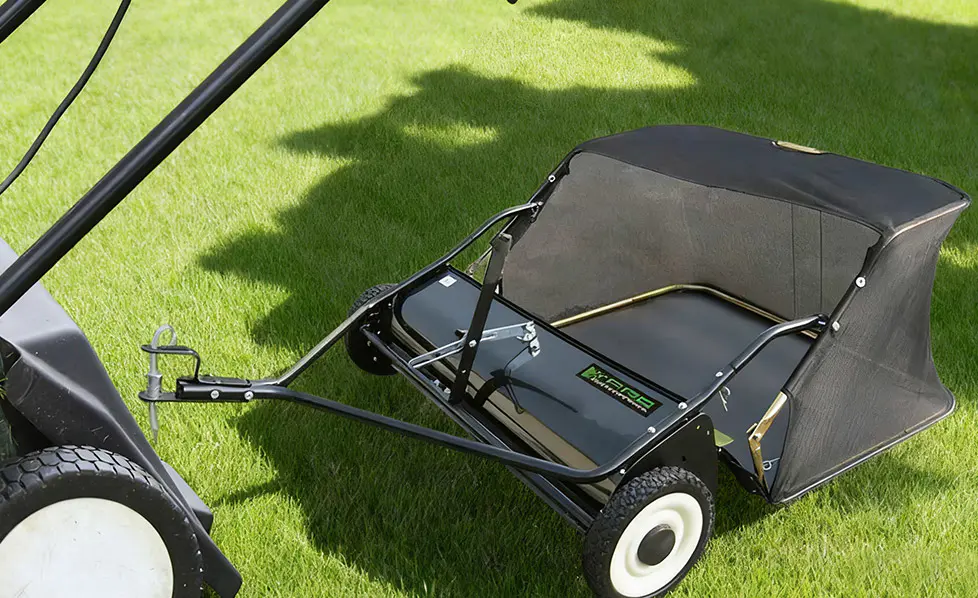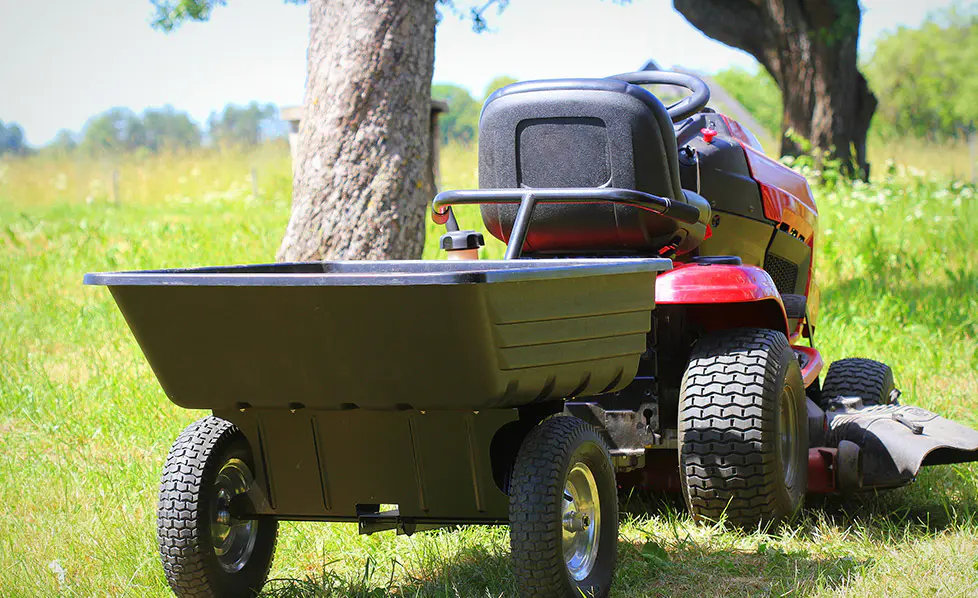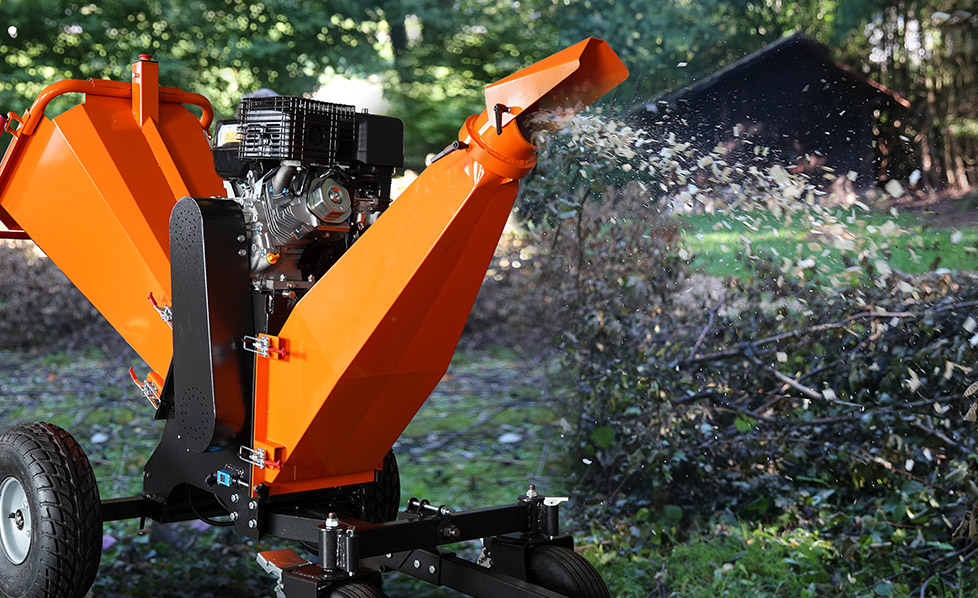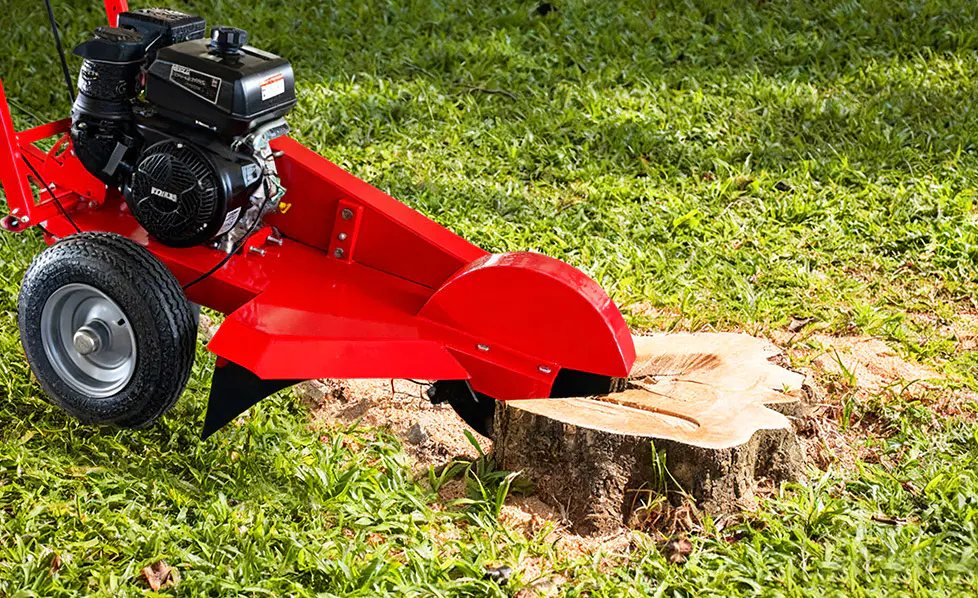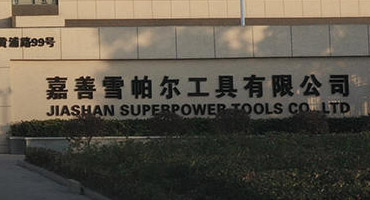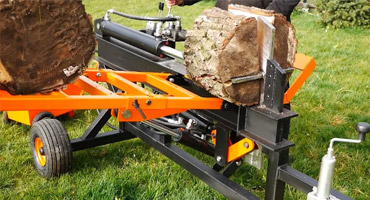 LANGUAGE
LANGUAGE


Web Menu
Product Search
Language
Exit Menu
We provide quality products and services to customers from all over the world.
How does professional design upgrade the operation mode of the spreader?
All purpose spreader, with the professional design of each functional module, deeply integrates mechanical structure, fluid mechanics and automatic control technology to build a complete material handling system, breaking the functional limitations of traditional equipment and promoting engineering and agricultural operation modes to move towards precision and efficiency.
For particles with significant differences in fluidity such as salt and sand, the spreader uses an adjustable speed screw conveyor as a core component. The special inclination angle and pitch design of the spiral blade ensure that the material will not slip and accumulate due to insufficient friction during transportation, nor will it be broken due to excessive extrusion. The conveyor speed can be adjusted in real time according to the operation scene: in the snow removal operation on the highway, the speed is increased to speed up the material transportation to meet the needs of large-scale rapid spreading; in narrow areas such as community roads, the speed is reduced to achieve refined operation. With the centrifugal spreading disc that can be adjusted at multiple angles, the material is evenly spread in a fan shape under the action of centrifugal force. By adjusting the angle and rotation speed of the spreading disc, the spreading width and coverage density can be accurately controlled to avoid material waste and spreading blind spots.
Taking pesticide spraying and road antifreeze as examples, the spreading of liquid media needs to take into account both the atomization effect and the uniformity of coverage. As the power core, the high-pressure pump pressurizes the liquid to a specific pressure value to ensure that the liquid obtains sufficient kinetic energy at the nozzle. The aperture, shape and internal flow channel of the nozzle are precisely calculated and optimized. Based on the Bernoulli principle, the liquid is broken into fine droplets at the moment of spraying to avoid the phenomenon of "drip" or "jet". The nozzle array layout is scientifically planned according to the operating width and spraying range. The atomization areas of adjacent nozzles overlap each other. By controlling the nozzle spacing and spraying angle, the uniformity and consistency of the target surface agent coverage can be achieved.
Powders such as fertilizers and soil conditioners are easily affected by airflow to produce dust, and traditional spreading methods are difficult to achieve accurate quantitative. All purpose spreader adopts negative pressure suction and gas-solid two-phase flow technology. The fan generates a stable negative pressure, sucks the powder material into the conveying pipeline, and uses the entrainment of the airflow to achieve long-distance, non-blocking transportation. At the spreading end, the specially designed diffusion device adjusts the air flow speed and direction to evenly disperse the gas-solid two-phase flow, ensuring that the powder lands smoothly without dust. The metering device monitors the material flow in real time, and automatically adjusts the spreading amount in combination with the equipment's travel speed, achieving precise control of fertilizer delivery per acre.
The complete material handling system designed and constructed professionally enables the spreader to quickly switch between different operating scenarios without large-scale equipment modifications. In agricultural production, a spreader can complete multiple operations such as sowing, fertilizing, and spraying; in the field of road maintenance, it can not only spread snow-melting agents in winter, but also spread anti-skid sand on roads in summer.
NEXT:Belt drive systems: a shock-absorbing solution to counteract gas engine vibrations
Interested in cooperation or have questions?
- No. 158 Songhai Road, Huimin Town, Jiashan City, Zhejiang Province P.R. China
-
Tel:
0086 573 8464 3695
0086 573 8464 7353
- E-mail: [email protected]

 English
English